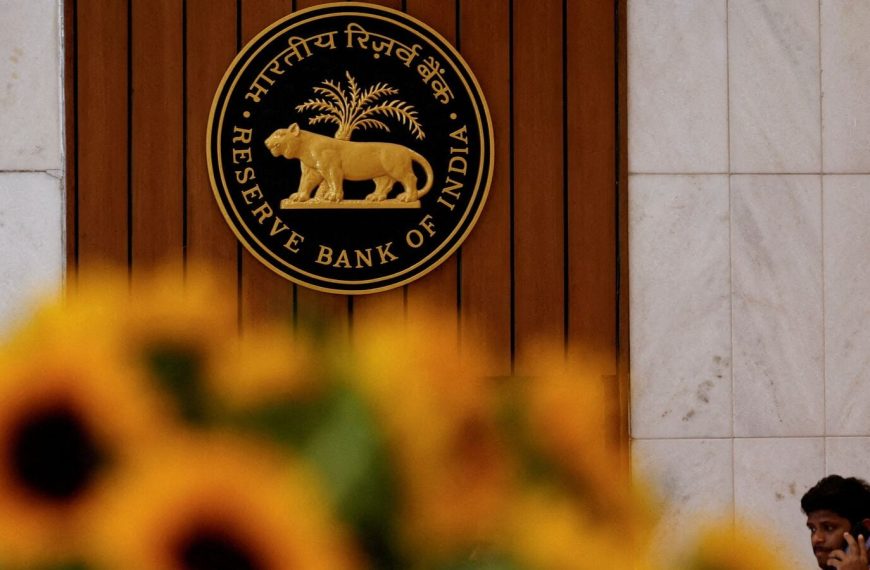The recent trend of foreign portfolio investors (FPIs) withdrawing from Indian markets reflects a multifaceted interaction of global financial dynamics, geopolitical instability, and domestic economic conditions. This ongoing exodus raises concerns about market stability, highlighting the need for robust macroeconomic fundamentals to bolster India’s market attractiveness.
Broader Trends in Emerging Markets
The pullback by FPIs is not an isolated incident; it mirrors a wider trend of divestment from emerging markets. So far in 2025, FPIs have divested a staggering ₹1.5 lakh crore from Indian equities, contributing to a 6% drop in the Nifty index year-to-date. This shift indicates that investors are increasingly wary of riskier assets in light of global economic uncertainties. Elevated market valuations and worries surrounding corporate earnings in India have further exacerbated the situation.
Is India Losing Ground to China?
Interestingly, even amid economic turbulence, some FPIs are diverting their funds to China, drawn by appealing valuations and government stimulus initiatives. While Indian markets have enjoyed significant rallies recently, leading to higher valuations, this has led some investors to rethink their strategies in favor of potentially more lucrative short-term returns elsewhere.
Moreover, China’s strides in technology sectors such as AI, semiconductors, and green energy have made it particularly attractive for tech-oriented FPIs. However, the recent FPI adjustments indicate a tactical portfolio reallocation rather than a definitive shift away from India.
The Allure of the U.S. Market
The U.S. Federal Reserve’s strategy of maintaining high interest rates has rendered U.S. assets more desirable, resulting in a stronger dollar. This situation has led to capital fleeing emerging markets, including India, as the stronger dollar diminishes the allure of investments in these regions due to fears of currency depreciation.
Additionally, the ongoing Russia-Ukraine conflict and escalating tensions in the Middle East have added to global uncertainty, further prompting FPIs to withdraw from markets perceived as vulnerable, including India. India’s dependency on energy imports makes it particularly sensitive to fluctuations in global oil prices.
Impact of U.S. Trade Policies
Recent announcements regarding reciprocal U.S. tariffs on Indian exports have raised alarms about India’s trade outlook and economic growth trajectory. Such trade barriers threaten export-driven sectors, causing FPIs to reevaluate their investment positions in India.
The broader trend of protectionist policies from the U.S. has led many FPIs to consider reallocating their investments toward countries with more favorable trade relations with the U.S., potentially diminishing foreign investment flows into India.
Liquidity Dynamics at Play
With Nifty50 reporting 4% PAT growth in the first nine months of FY25—marking three consecutive quarters of single-digit growth—and a slowdown in GDP growth projections for 2024, investor sentiment has taken a hit. Global monetary tightening and the allure of higher returns in developed markets are currently overshadowing India’s domestic growth potential in investment decisions.
Opportunities in Indian Debt Markets
In contrast, Indian bond yields have become increasingly attractive, as the Reserve Bank of India (RBI) maintains relatively high interest rates. This has led some FPIs to pivot their focus from equities to the more stable debt markets, reallocating funds into government and corporate bonds as a strategy to mitigate portfolio risks.
Potential for Market Corrections
While domestic institutional investors (DIIs) and retail players have stepped up to absorb FPI sell-offs—injecting around ₹1.8 lakh crore into equities in 2025—there’s a looming risk. Should FPI outflows continue, domestic investors may struggle to sustain this support, which could result in heightened market volatility and sharper corrections.
Sectors Facing Significant Outflows
In January 2025, the BFSI and IT sectors experienced the most significant outflows, with $2.8 billion and $747 million pulled out, respectively. Sectors such as oil & gas and automobiles have also faced prolonged pressure, marking multiple months of net outflows. Conversely, sectors like chemicals, media, and telecom have seen slight inflows from FPIs.
The landscape for Indian markets is undeniably complex, but staying informed and adapting strategies will be crucial for investors navigating these turbulent waters.











